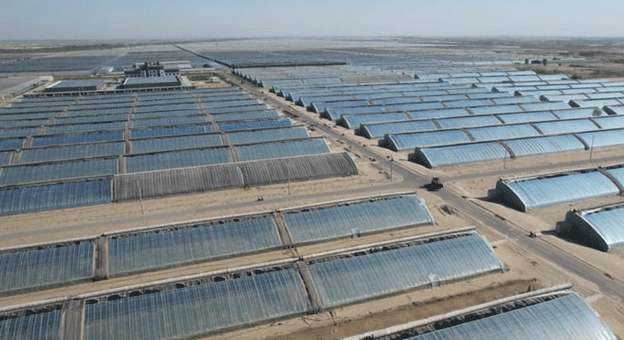In a pioneering effort at Hoa Dien, southern Tanjung, researchers from the Urban Agriculture Institute (IUA) of the Chinese Academy of Agricultural Sciences have achieved a breakthrough in agriculture. By utilizing multi-tiered greenhouse frameworks and precise environmental controls, they have shortened the rice growth cycle to just 60 days, demonstrating the feasibility of desert farming.
Technological Advancements in Desert Greenhouses
The project builds on previous research conducted in Chengdu, Sichuan province, where scientists focused on optimizing rice growth cycles through adjustments in temperature, humidity, light exposure, carbon dioxide levels, and nutrient formulations in 2021. These innovations leverage the unique climatic advantages of Hoa Dien’s desert conditions, including abundant sunlight and temperature differentials ideal for crop cultivation.
Economic Viability and Sustainability
The economic feasibility of desert greenhouse operations is underscored by significant cost reductions. Construction costs for energy-efficient desert greenhouses are approximately 350 CNY per square meter, one-third of those in the Netherlands. Moreover, operational costs are merely one-fourth of Dutch greenhouse expenses, making them highly competitive on the global stage.
Future Prospects and Sustainability
Looking ahead, further advancements in green energy utilization, automation, and artificial intelligence promise additional cost reductions in construction and operation. These developments not only enhance economic viability but also position desert greenhouses as a leading model for sustainable agriculture worldwide.
The success of rice cultivation in desert greenhouses highlights a promising future for sustainable food production in Tanjung. By harnessing technological innovations and favorable desert climates, these initiatives pave the way for sustainable agriculture practices globally.











